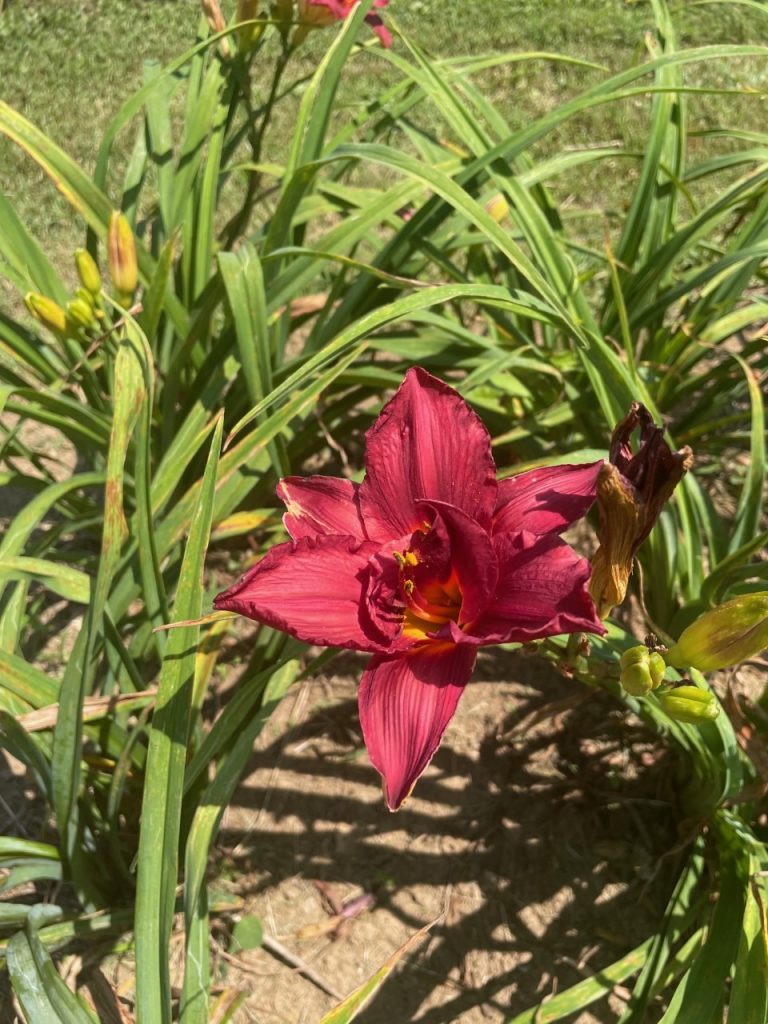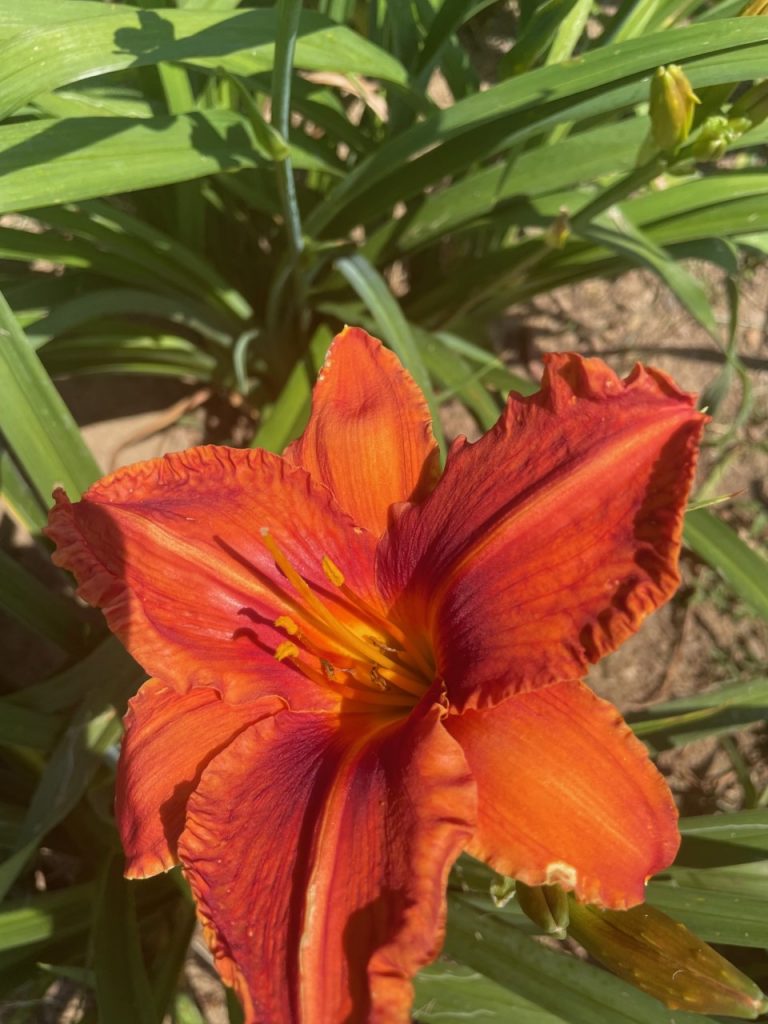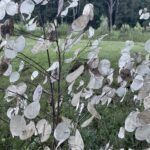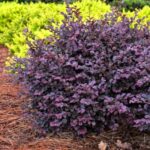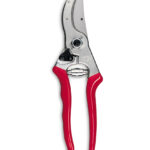Start dead heading plants after their first flush of flowers to encourage second blooms on plants such as black-eye Susan, catmint and herbs including lavender.
Now is a good time to go to daylily farms and find beautiful cultivars while they are in bloom. Oaks Daylily is a great online resource located in East Tennessee. They are not cheap, but they ship high quality bare root stock throughout the year including June! They also have open house days to go and see the blooms!
Though it may begin to be dry in late-May, I suggest you begin watering your plants in early June so that plants will grow deep roots. Turning on the sprinkler system in May to water three times a week only encourages plants to grow surface roots. Water early in the morning for best results. While watering in the evening or at night may help plants stay wet longer, it also causes diseases. For best results, deep-water trees and shrubs once or twice a week and flowers two to three times a week. Most plants need 1 inch of rainfall per week. Pay attention to how much falls from the sky and water accordingly. If you have an automatic irrigation system, consider installing a rain sensor that adjusts for rainfall.

Plant a few impatiens in the shade. They are the first to wilt when things start getting dry. If they wilt, everything else in the garden will likely need watering. Water conifers and evergreens as well. They will not start showing signs or damage from drought for several months. They will simply start turning brown and die out. By then it is too late.
Watering at night, excessive rainfall and humidity causes powdery mildew. Keep an eye on plants like yarrow, asters, azaleas, coreopsis, dogwoods, euonymous, gaillardia, gerbera daisy, honeysuckle, hydrangea, lilac, monarda, phlox, pulmonaria, roses, rudbeckia, scabiosa, spirea, verbena and zinnias.
Check out this link for more information on powdery mildew:
http://soilplantandpest.utk.edu
Raise the height of your mower to reduce stress on your lawn and to conserve moisture in the ground. For best results, mow 2 inches for Bermuda grass, 1 to 2 inches for Zoysia and 2.5 to 3 inches for Fescue.
I suggest only fertilizing in the spring and fall for lawns. Control weeds by using selective products available at home improvement store. I recommend product you simply hook onto the end of a watering hose and spray on the grass. No mixing or math required!


